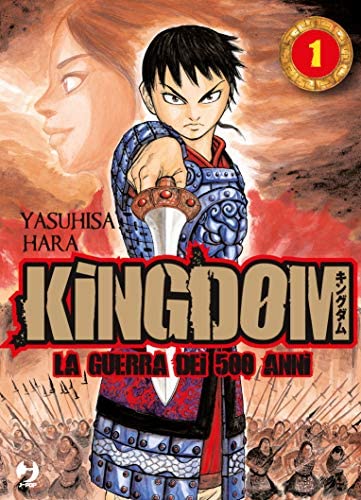Welcome to the Manga Section!
Here you can find some more information about Manga, why is it gaining popularity and, of course, some examples!
Stay Awesome! Keep Reading!
Manga
Manga are comics or graphic novels originating from Japan. Most manga conform to a style developed in Japan in the late 19th century, and the form has a long prehistory in earlier Japanese art. The term manga is used in Japan to refer to both comics and cartooning. Outside of Japan, the word is typically used to refer to comics originally published in the country.
In Japan, people of all ages read manga. The genre includes a broad range of subjects: action-adventure, romance, sports and games, historical drama, comedy, science fiction and fantasy, mystery, horror, sexuality, and business/commerce, among others. Since the 1950s, manga have steadily become a major part of the Japanese publishing industry, representing a 406 billion yen market in Japan in 2007 (approximately $3.6 billion). Manga have also become increasingly popular worldwide. In 2008, the U.S. and Canadian manga market was $175 million. Manga are typically printed in black-and-white, although some full-color manga exist.
A manga artist (mangaka in Japanese) typically works with a few assistants in a small studio and is associated with a creative editor from a commercial publishing company. If a manga series is popular enough, it may be animated after or even during its run, although sometimes manga are drawn centering on previously existing live-action or animated films (e.g. Star Wars).
International markets
As of 2007 the influence of manga on international animation had grown considerably over two decades. ("Influence" refers to effects on the comics markets outside of Japan and to aesthetic effects on comics artists internationally.)
Traditionally, manga stories flow from top to bottom and from right to left. Some publishers of translated manga keep this format, but other publishers flip the pages horizontally, changing the reading direction to left to right, so as not to confuse foreign readers or traditional comics-consumers. This practice is known as "flipping". For the most part, the criticisms suggest that flipping goes against the original intentions of the creator (for example, if a person wears a shirt that reads "MAY" on it, and gets flipped, then the word is altered to "YAM"). Flipping may also cause oddities with familiar asymmetrical objects or layouts, such as a car being depicted with gas pedal on the left and the brake on the right, or a shirt with the buttons on the wrong side.

Here are some of the most popular series:
RETURN HOME
Gallery
A gallery with some amazing art from these popular manga!









VIEW GALLERY
Useful links:
Here you go! If you are interested, here are some useful links. Have fun!
CHECK THEM OUT
Thank you for your visit! See you soon!





















